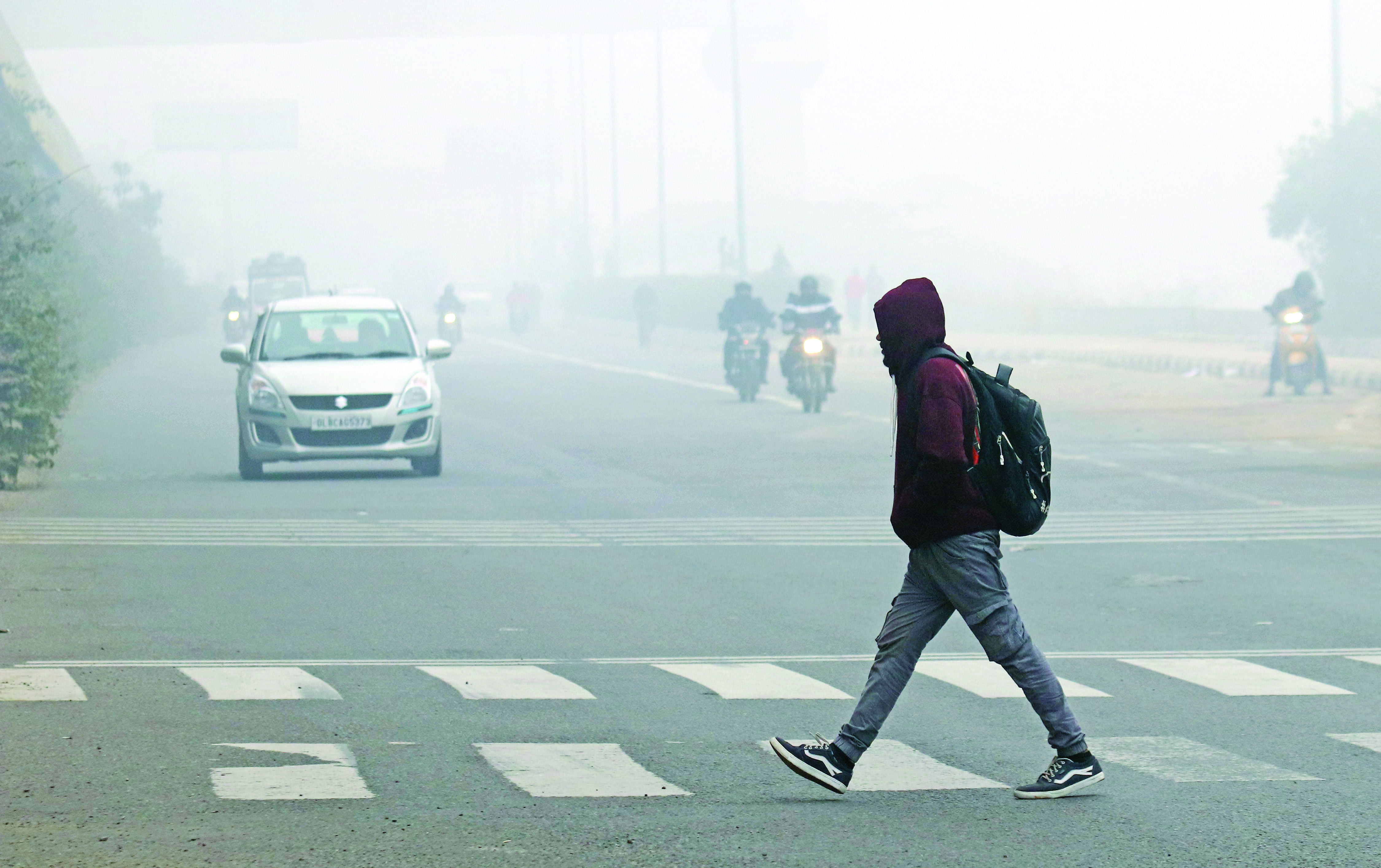Delhi shivers as minimum temp plunges to season’s lowest of 3.9°C

New Delhi: Delhiites woke up to a bone-chilling Friday morning as the city registered its coldest temperature of the season so far, with the mercury plunging to a teeth-chattering 3.9 degrees Celsius. This icy reading surpassed the previous season’s low and marked the coldest January 12 since 2018, according to data from the India Meteorological Department (IMD).
Adding to the winter woes, dense fog enveloped several parts of the city, reducing visibility at the Palam Observatory to zero at 5:30 am. The chilly morning disrupted travel plans, with 23 Delhi-bound trains facing delays ranging from one to six hours due to the foggy conditions.
The day itself remained cool, with the maximum temperature settling at 19.3 degrees Celsius, a degree below the seasonal average. The humidity ranged between 45 per cent and 100 per cent.
Looking ahead, the IMD predicted a partly cloudy Saturday with patchy morning fog. Temperatures are expected to remain low, with the maximum hovering around 19 degrees Celsius and the minimum dipping to 5 degrees Celsius.
Meanwhile, sunshine brought a slight rise in maximum temperatures across parts of North India on Friday, but biting cold persisted in many regions. IMD reported “cold” to “severe cold day” conditions at numerous locations in Punjab, Haryana, Uttar Pradesh, Uttarakhand, and Rajasthan.
The highest temperatures remained between 10-20 degrees Celsius, with Amritsar in Punjab shivering at a bone-chilling 9.4 degrees Celsius, about nine notches below normal. A “cold day” is defined as having a minimum temperature at least 10 degrees Celsius below normal and a maximum temperature at least 4.5 degrees Celsius below normal. A “severe cold day” requires a maximum temperature 6.5 degrees Celsius or more below normal.
Several cities felt the bite of the cold. Ambala in Haryana shivered at 11 degrees Celsius, while Ludhiana and Patiala in Punjab recorded 11.4 degrees Celsius and 12.1 degrees Celsius respectively, all significantly below normal.
This chilly spell has gripped numerous parts of North India since December 30-31. Morning fog further added to the misery, blanketing the Indo-Gangetic plains and stretching up to the northeast, reducing visibility and disrupting rail travel.
Satellite imagery revealed a thick fog layer encompassing Punjab, Haryana, Delhi, Uttar Pradesh, and Bihar, extending towards northeast India. Patches of fog were even observed over Odisha. WITH AGENCIES INPUTS



